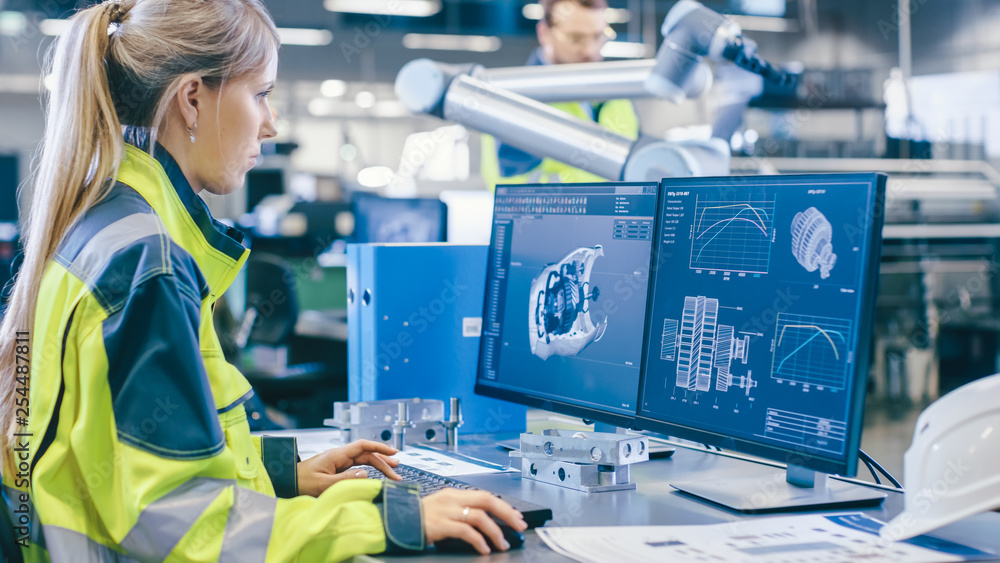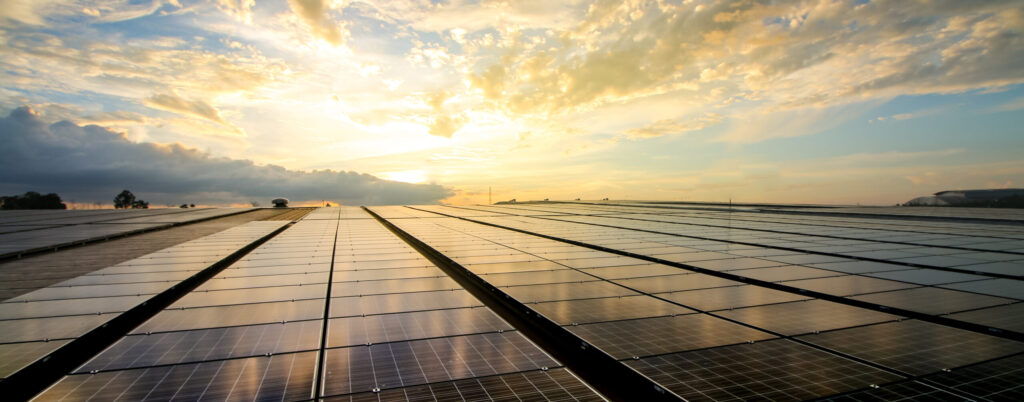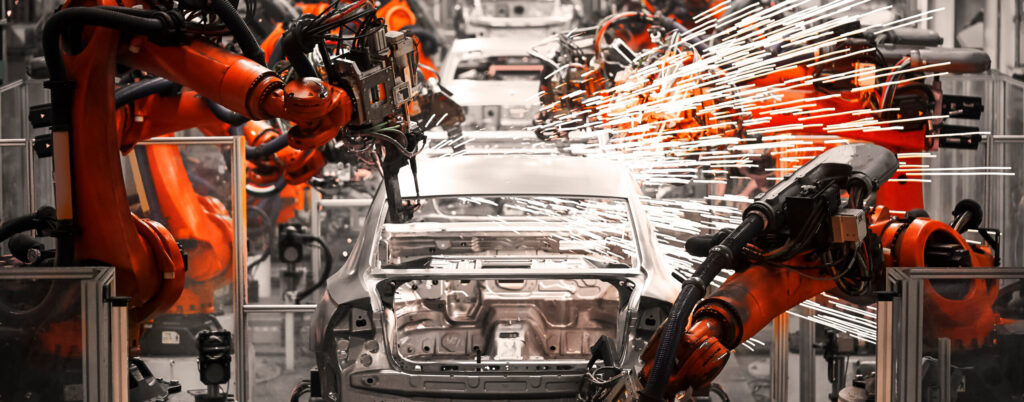Hardtech
Hardtech is defined as product innovation that includes manufacturing (hardware) and technology (software) components.
Hardtech is defined as product innovation that includes manufacturing (hardware) and technology (software) components.
Written by Jason Penrod. Edited by Ryan Henderson.
Hardtech, also referred to as hard technology, is a term used to describe a category of innovative technologies that are typically based on scientific breakthroughs, advanced engineering, and complex hardware. These technologies often require substantial investment in research and development (R&D), specialized expertise, and a lengthy period of development and testing before they can be successfully commercialized. Hardtech is characterized by its ability to solve significant real-world problems and its potential to drive transformative change across various industries.
Hardtech startups focus on innovation within Industry 4.0, circular economy, energy, biopharma and biotech, sustainable materials, water and waste management, agtech, aerospace and defense, software as a service for these industry verticals and more.
Hardtech differs from soft technology, which generally refers to software-based innovations, digital products, or services that can be developed and implemented with relatively less complexity, lower investment, and shorter timeframes. Examples of soft technology include mobile applications, web services, and software platforms.

Key aspects of hardtech include:
Hardtech is grounded in cutting-edge scientific research and engineering principles. It often involves a deep understanding of fundamental physics, chemistry, biology, or other scientific disciplines, as well as expertise in various engineering fields, such as mechanical, electrical, and materials engineering.
Hardtech often requires the development of advanced hardware components or systems. These components can range from custom-designed microchips to large-scale machinery, and may involve the integration of several subsystems or technologies. The complexity of the hardware in hardtech projects can pose significant challenges in terms of design, manufacturing, and testing.
Developing hardtech innovations typically requires significant financial resources to fund the necessary research, development, and testing phases. These investments can come from various sources, including government grants, venture capital, or corporate R&D budgets. The high cost of hardtech development can create barriers to entry for smaller companies or individual inventors, and often necessitates collaboration among multiple stakeholders.
Hardtech products and systems often have long development cycles, due to the complex nature of the underlying technology and the need for rigorous testing and validation. This extended timeframe can increase the risk of project failure, as there may be more opportunities for technical challenges, funding shortfalls, or changes in market conditions to derail the project.
Hardtech innovations have the potential to drive significant change across various industries, as they often address fundamental limitations or inefficiencies in existing technologies. The successful implementation of hardtech can lead to improved performance, increased sustainability, or the creation of entirely new markets and industries.

Two examples of HardTech are Apple’s iPhone (the software component being the mobile apps and the physical component being the phone itself) or Tesla’s EV lineup (the software component being the artificial intelligence for assisted-driving and the physical component being the car itself).
Other examples of area for hardtech innovations include:
New materials with unique properties or capabilities, such as graphene or high-temperature superconductors, which can enable new applications in electronics, transportation, and energy.
Innovations in solar, wind, and other renewable energy sources, including more efficient energy generation, storage, and transmission systems.
Advanced medical devices, drug delivery systems, and gene editing technologies, such as CRISPR, which can revolutionize healthcare and disease treatment.
Advanced robotic systems, including autonomous vehicles, drones, and industrial automation, which can transform transportation, logistics, and manufacturing processes.
Innovations in rocket propulsion, satellite systems, and other space technologies, which can enable new applications in communication, navigation, and earth observation.

One primary reason that hardtech development is particularly challenging stems from the inherent complexity of the underlying technologies involved. Hardtech innovations often necessitate deep expertise in multiple disciplines such as physics, chemistry, biology, or various engineering fields. Unlike soft technology, hardtech products cannot be launched with an underdeveloped minimum viable product (MVP), as a majority of functionality and capabilities must be established at the onset.
Since many features and solutions involve physical components that need to be manufactured, making significant modifications post-launch is generally impractical. This complexity means that product developers must thoroughly test and refine the technology during the development cycle to ensure it adequately addresses customer needs and offers compelling benefits that justify the cost of the solution.
Another factor that contributes to the difficulty of hardtech development is the need for diverse, full-stack teams with expertise spanning several scientific and engineering disciplines. Developing a hardtech product often demands the collaboration of electrical engineers, embedded systems developers, mechanical engineers, industrial designers, material or chemical scientists, and UI/UX, frontend, and backend developers. The challenge is further compounded by the substantial financial investment and lengthy development timelines associated with hardtech projects, which increase the risk of technical setbacks, funding shortfalls, and market shifts that can jeopardize the product’s success.

One significant advantage of starting a hardtech business lies in the protection and enforceability of intellectual property (IP) through patents. Unlike soft technology, where applications or features can sometimes be easily replicated, hardtech innovations often involve unique, complex solutions that can be more effectively safeguarded by patents. These patents can grant the innovator up to 20 years of protection, providing the sole right to use and profit from the technology. This exclusive operating space effectively creates a monopoly on the technology, rewarding those who invest substantial time and capital in the research and development process. Additionally, even in the absence of IP protection, the complexity of hardtech can deter potential competitors, as it may take them years to catch up and replicate the innovation.
Another advantage of pursuing a hardtech business is the reduced level of guesswork and uncertainty in its business and financial models. Unlike soft technology businesses, which often prioritize rapid growth before devising monetization strategies, hardtech ventures usually have a clearer understanding of both their costs and revenue streams. On the cost side, the bill of materials (BOM) and capital expenses required to create the product are typically known before investing significant resources. On the revenue side, hardtech businesses often benefit from two opportunities: an upfront fixed price for the hardware, which is usually a multiple of the BOM, and a recurring monthly revenue model derived from the services or data that the hardware provides. This financial clarity can result in a more predictable and stable growth trajectory for hardtech businesses.
Lastly, hardtech products are sticky. Hardtech often possesses a tangible, perceived value that can create a strong connection with customers. The process of unboxing a physical product, interacting with it, and experiencing its features firsthand can foster a sense of ownership and loyalty to the brand, promoting long-term business stability and growth.

Indiana’s leadership and dominance in manufacturing position the state as a prime candidate to lead the U.S. in hardtech innovation. The state’s robust manufacturing infrastructure and skilled workforce provide a strong foundation for hardtech product development, prototyping, and manufacturing. The diverse array of industries thriving in Indiana, including automotive, aerospace, agriculture, and technology, creates an environment that fosters cross-disciplinary collaboration and knowledge-sharing, which is essential for the development of complex hardtech solutions.
Recognizing the potential of Indiana as a hardtech innovation hub, prominent organizations, including Conexus Indiana, Elevate Ventures, AgriNovus, HG Ventures, Hardtech Indiana, TechPoint and the Indiana Economic Development Corporation have formed a Hardtech Indiana Committee which meets twice a month. This group is focused on connecting early-stage hardtech entrepreneurs with resources and expertise within Indiana’s entrepreneurial ecosystem. By strengthening local connectedness, startups can accelerate revenue growth twice as fast, an impact metric highlighted by the Startup Genome report commissioned by the Indiana Economic Development Corporation.
Moreover, the Hardtech Indiana Committee is dedicated to increasing the speed at which information flows from the experts/support organizations to the entrepreneurs who need it. This approach will foster a supportive environment for hardtech startups to overcome the unique challenges they face during the product-development and go-to-market journey. The state’s strategic focus on local connectedness, paired with its manufacturing expertise and cross-industry collaboration, positions Indiana as a leader in the hardtech landscape, poised to drive significant advancements in product innovation and create economic growth.
*Content sourced from Conexus Indiana (https://www.conexusindiana.com/).
Are you an Indiana-based hardtech startup navigating the fundraising process?
Connect with our team of trusted experts to gain valuable feedback and move closer to your own venture success.